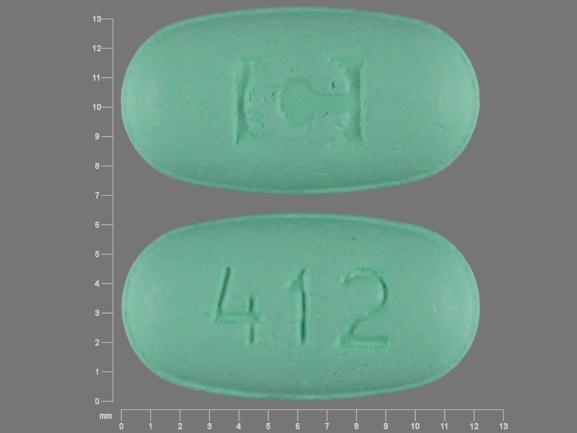Gabitril Side Effects
Generic name: tiagabine
Medically reviewed by Drugs.com. Last updated on Nov 5, 2023.
Note: This document contains side effect information about tiagabine. Some dosage forms listed on this page may not apply to the brand name Gabitril.
Applies to tiagabine: oral tablet.
Serious side effects of Gabitril
Along with its needed effects, tiagabine (the active ingredient contained in Gabitril) may cause some unwanted effects. Although not all of these side effects may occur, if they do occur they may need medical attention.
Check with your doctor as soon as possible if any of the following side effects occur while taking tiagabine:
More common
- Blue or purple spots on skin
- difficulty in concentrating or paying attention
Less common
- Burning, numbness, or tingling sensations
- clumsiness or unsteadiness
- confusion
- itching
- mental depression
- speech or language problems
Rare
- Agitation
- bloody or cloudy urine
- burning, pain, or difficulty in urinating
- frequent urge to urinate
- generalized weakness
- hostility
- memory problems
- quick to react or overreact emotionally
- rash
- uncontrolled back-and-forth and/or rolling eye movements
- walking in unusual manner
Symptoms of overdose
- Agitation (severe)
- clumsiness or unsteadiness (severe)
- coma
- confusion (severe)
- drowsiness (severe)
- increase in seizures
- mental depression
- severe muscle twitching or jerking
- sluggishness
- speech problems (severe)
- weakness
Other side effects of Gabitril
Some side effects of tiagabine may occur that usually do not need medical attention. These side effects may go away during treatment as your body adjusts to the medicine. Also, your health care professional may be able to tell you about ways to prevent or reduce some of these side effects.
Check with your health care professional if any of the following side effects continue or are bothersome or if you have any questions about them:
More common
- Chills
- diarrhea
- dizziness
- drowsiness
- fever
- headache
- muscle aches or pain
- nervousness
- sore throat
- tremor
- unusual tiredness or weakness
- vomiting
Less common
- Abdominal pain
- flushing
- impaired vision
- increased appetite
- increased cough
- mouth ulcers
- muscle weakness
- nausea
- pain
- trouble in sleeping
For Healthcare Professionals
Applies to tiagabine: oral tablet.
Dermatologic
Very common (10% or more): Common (1% to 10%): Rash, pruritus
Uncommon (0.1% to 1%): Dermatitis bullous dermatitis, bruising
Frequency not reported: Vesiculobullous rash, exfoliative dermatitis[Ref]
Cardiovascular
Common (1% to 10%): Vasodilation[Ref]
Gastrointestinal
Very common (10% or more): Nausea (11%)
Common (1% to 10%): Abdominal pain, diarrhea, vomiting, increased appetite, mouth ulceration[Ref]
Hepatic
Very rare (less than 0.01%): Abnormal hepatic function (elevated SGPT, GGT)[Ref]
Musculoskeletal
Common (1% to 10%): Myasthenia, muscle twitching[Ref]
Immunologic
Very common (10% or more): Infection (15%)
Common (1% to 10%): Influenza syndrome[Ref]
Nervous system
Very common (10% or more): Dizziness (27%), asthenia (20%), somnolence (18%), nervousness (10%), tremor
Common (1% to 10%): Ataxia, paresthesia, abnormal gait, nystagmus, speech disorder
Uncommon (0.1% to 1%): Nonconvulsive status epilepticus
Frequency not reported: Encephalopathy[Ref]
Ocular
Very common (10% or more): Blurred vision, visual field defects
Common (1% to 10%): Amblyopia, diplopia[Ref]
Respiratory
Common (1% to 10%): Pharyngitis, cough, rhinitis[Ref]
Psychiatric
Common (1% to 10%): Difficulty with concentration/attention, insomnia, confusion, memory loss, depressed mood, emotional lability, hostility/aggression, agitation
Uncommon (0.1% to 1%): Depression, psychosis
Rare (0.01% to 0.1%): Hallucinations, delusion[Ref]
Other
Very common (10% or more): Accidental injury (17%)
Common (1% to 10%): Pain (unspecified), fatigue[Ref]
More about Gabitril (tiagabine)
- Check interactions
- Compare alternatives
- Pricing & coupons
- Reviews (5)
- Drug images
- Side effects
- Dosage information
- During pregnancy
- Generic availability
- Drug class: gamma-aminobutyric acid reuptake inhibitors
- Breastfeeding
- En español
Patient resources
Professional resources
Related treatment guides
References
1. Cerner Multum, Inc. UK Summary of Product Characteristics.
2. Cerner Multum, Inc. Australian Product Information.
3. Product Information. TiaGABine Hydrochloride (tiaGABine). Teva Pharmaceuticals USA. 2022.
Further information
Always consult your healthcare provider to ensure the information displayed on this page applies to your personal circumstances.
Some side effects may not be reported. You may report them to the FDA.

